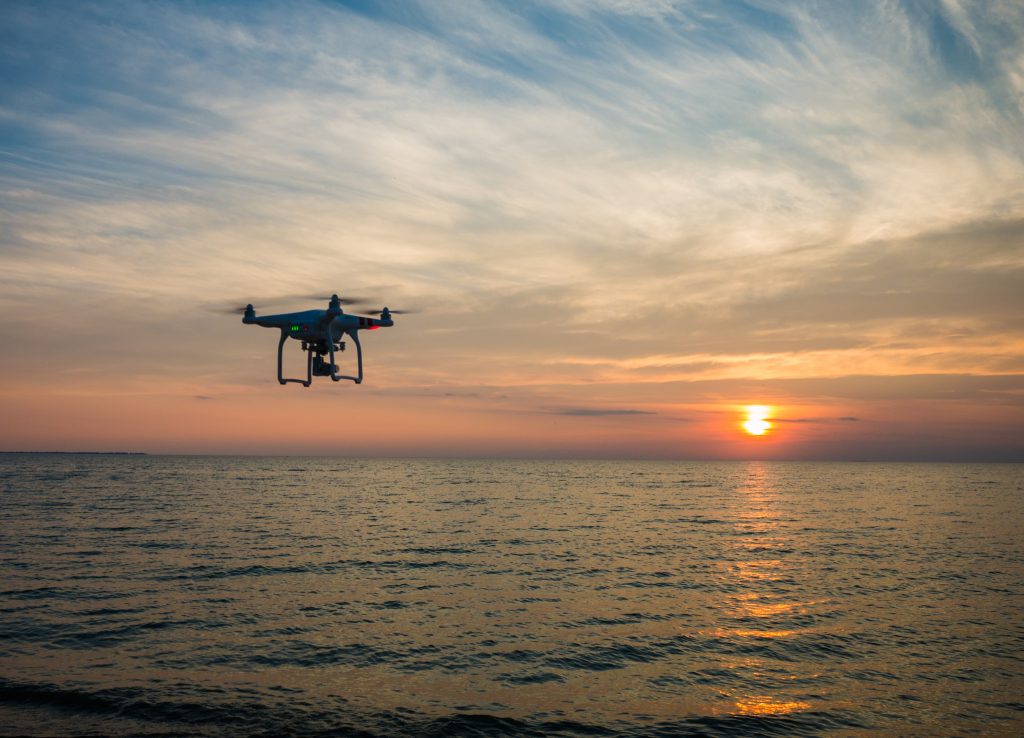Eye in the Sky, The Rise of Security Drones

Security is a top priority for governments, businesses, and individuals alike. The use of drones in security operations is becoming increasingly common, providing valuable tools for surveillance, threat detection, and emergency response. In this blog, we will explore the benefits and challenges of using security drones, as well as some of the latest developments in this exciting field.
Benefits of Security Drones
- Surveillance: Drones equipped with cameras and other sensors can provide valuable real-time surveillance of large areas, such as airports, ports, and critical infrastructure.
- Threat Detection: Drones can be used to detect potential threats, such as unauthorized access, suspicious packages, and individuals engaging in criminal activity.
- Emergency Response: Drones can provide valuable support in emergency situations, such as search and rescue operations, natural disasters, and fires.
- Cost-effective: Using drones for security operations can be more cost-effective than traditional methods, such as helicopters or ground patrols.
- Accessibility: Drones can reach areas that are difficult or impossible for human patrols to access, such as rugged terrain, densely populated areas, and bodies of water.
Challenges of Security Drones
- Privacy concerns: The use of drones for surveillance has raised privacy concerns, particularly in areas such as public spaces and residential areas.
- Regulatory issues: The use of drones for security operations is subject to regulations and guidelines, which can vary from country to country.
- Technical limitations: Drones can be affected by weather conditions, signal interference, and battery life, which can limit their effectiveness in certain situations.
- Safety concerns: The use of drones in public spaces can pose safety risks, particularly if the drone malfunctions or is not operated properly.
Latest Developments in Security Drones
- AI-powered drones: Advances in artificial intelligence are making it possible for drones to perform more complex tasks, such as facial recognition, threat analysis, and predictive maintenance.
- Integrated systems: Security drones are increasingly being integrated with other security systems, such as access control, alarms, and CCTV cameras.
- 5G connectivity: The rollout of 5G networks is expected to enhance the capabilities of security drones, providing faster data transfer and greater range.
- Autonomous drones: Drones are becoming more autonomous, allowing them to operate without human intervention, and reducing the risk of human error.
Use cases of Security Drones
- Border Security: Drones are being used for border security operations, providing real-time surveillance of borders, and detecting potential threats such as illegal crossings.
- Public Safety: Drones can be used in public safety operations, such as crowd monitoring, disaster response, and search and rescue missions.
- Critical Infrastructure: Security drones can provide valuable support for critical infrastructure such as power plants, oil rigs, and airports, monitoring for potential threats, and providing real-time surveillance of these facilities.
The use of drones in security operations has the potential to revolutionize the way we think about security. With the ability to provide real-time surveillance, threat detection, and emergency response, security drones can enhance the effectiveness of security operations while reducing costs and increasing accessibility. While there are challenges and concerns to be addressed, the latest developments in security drones are making this technology an increasingly valuable tool in the security industry.